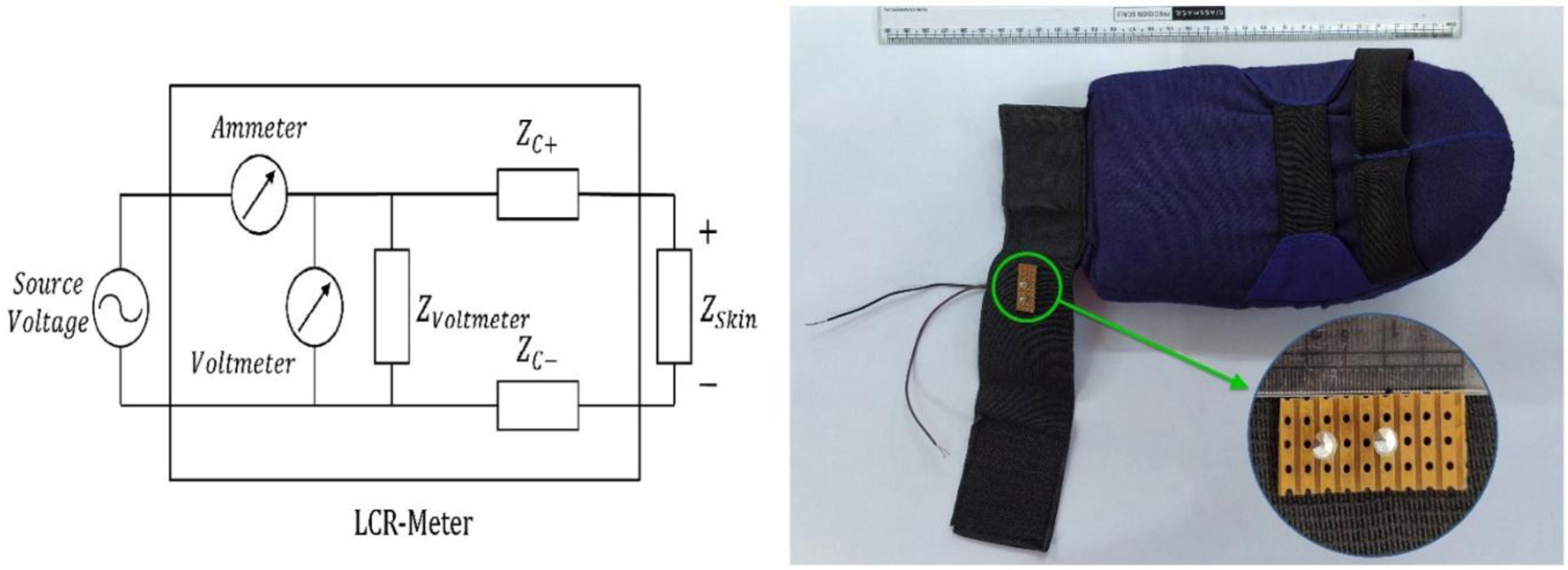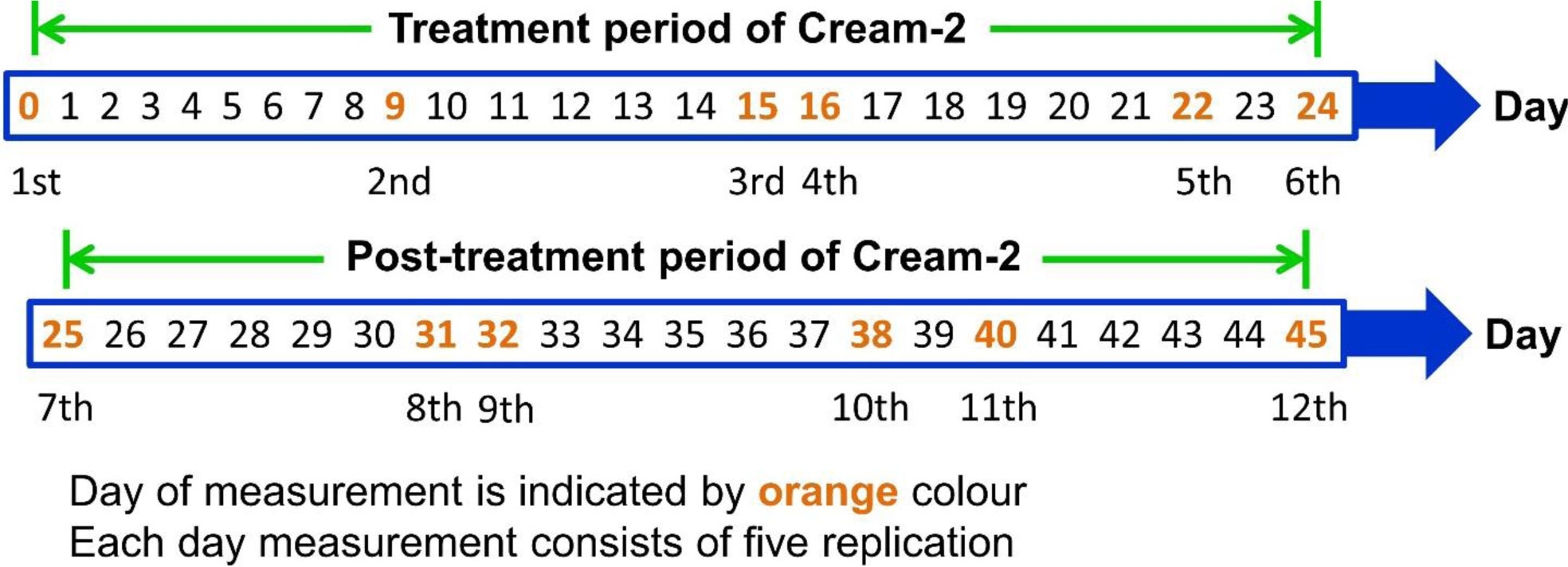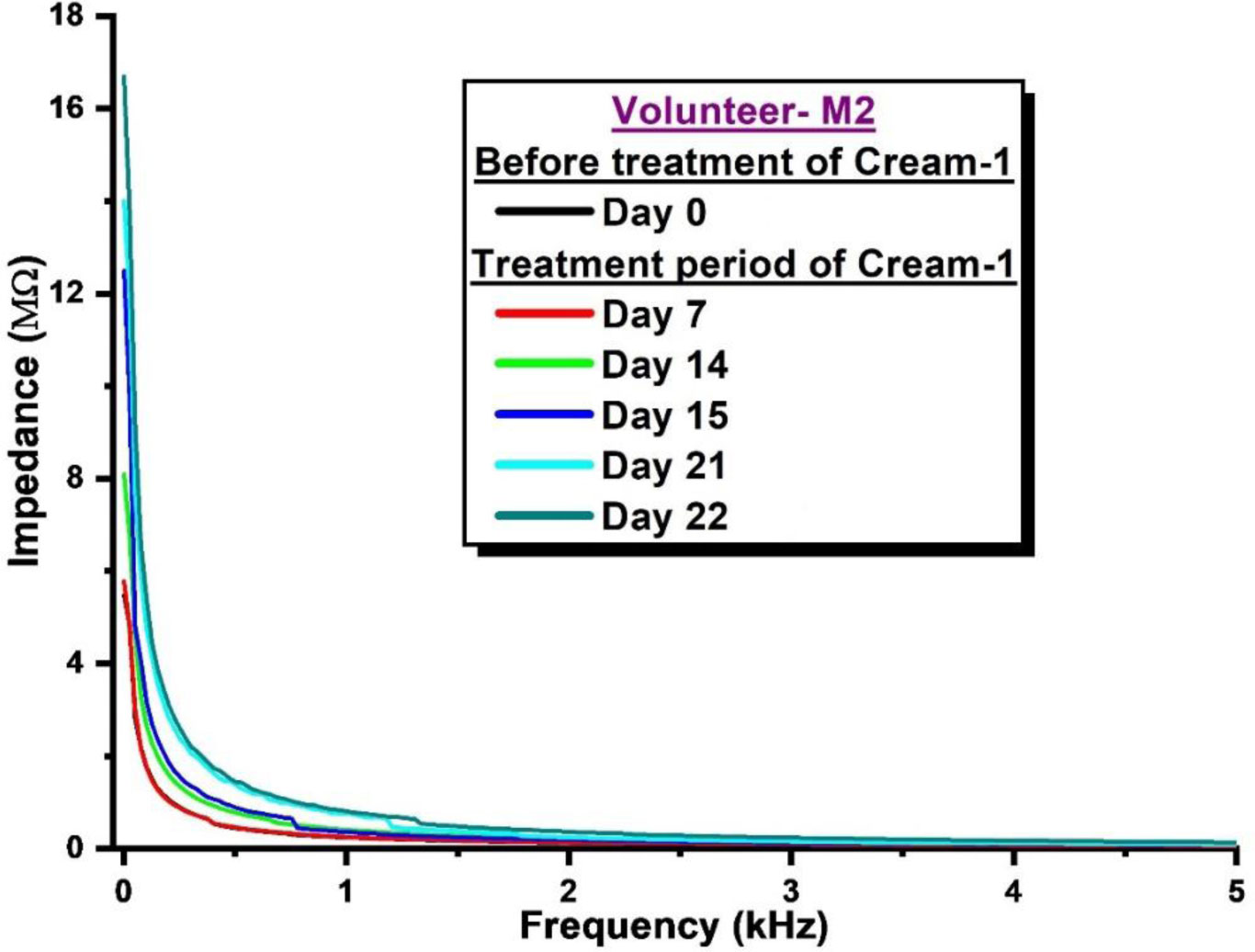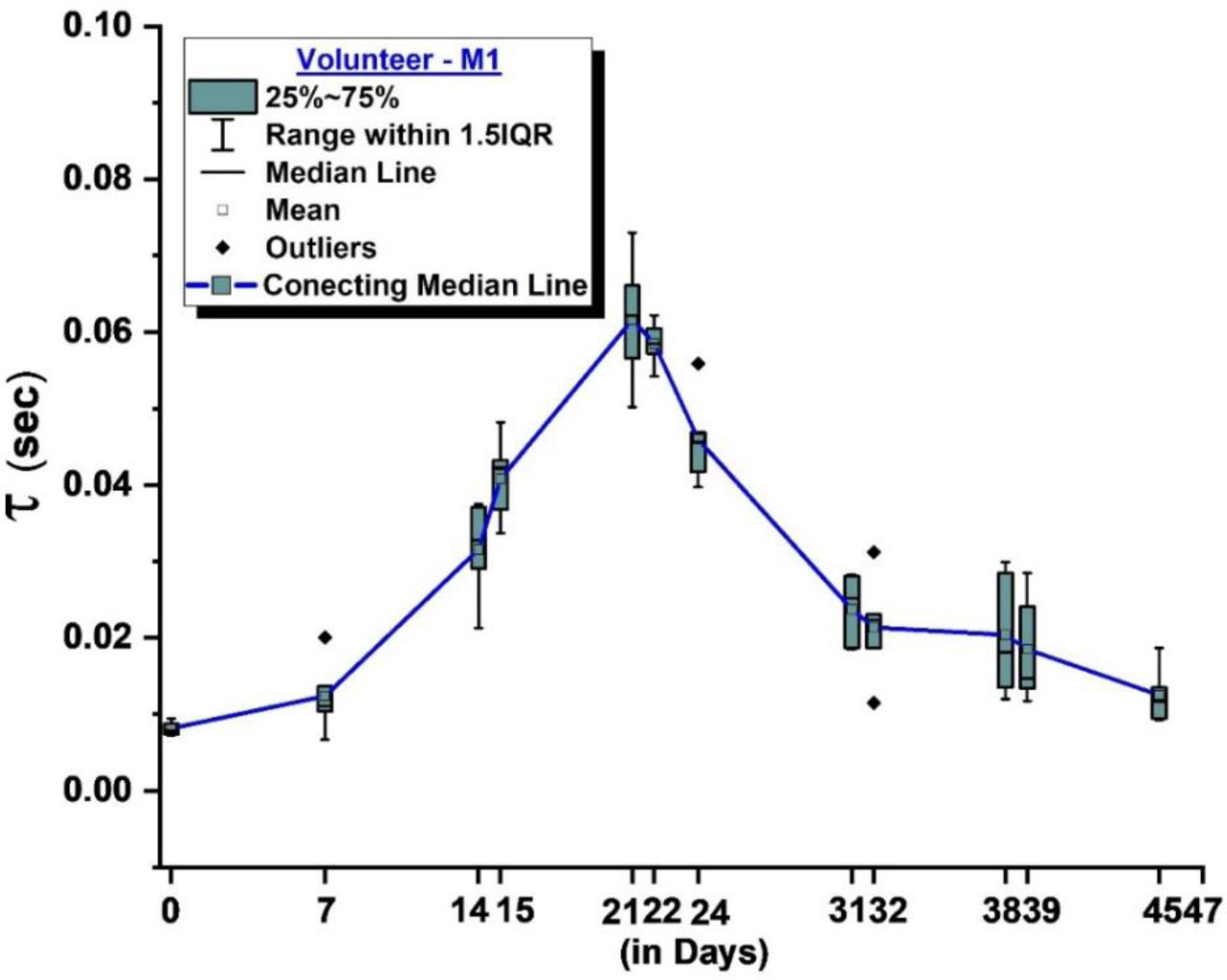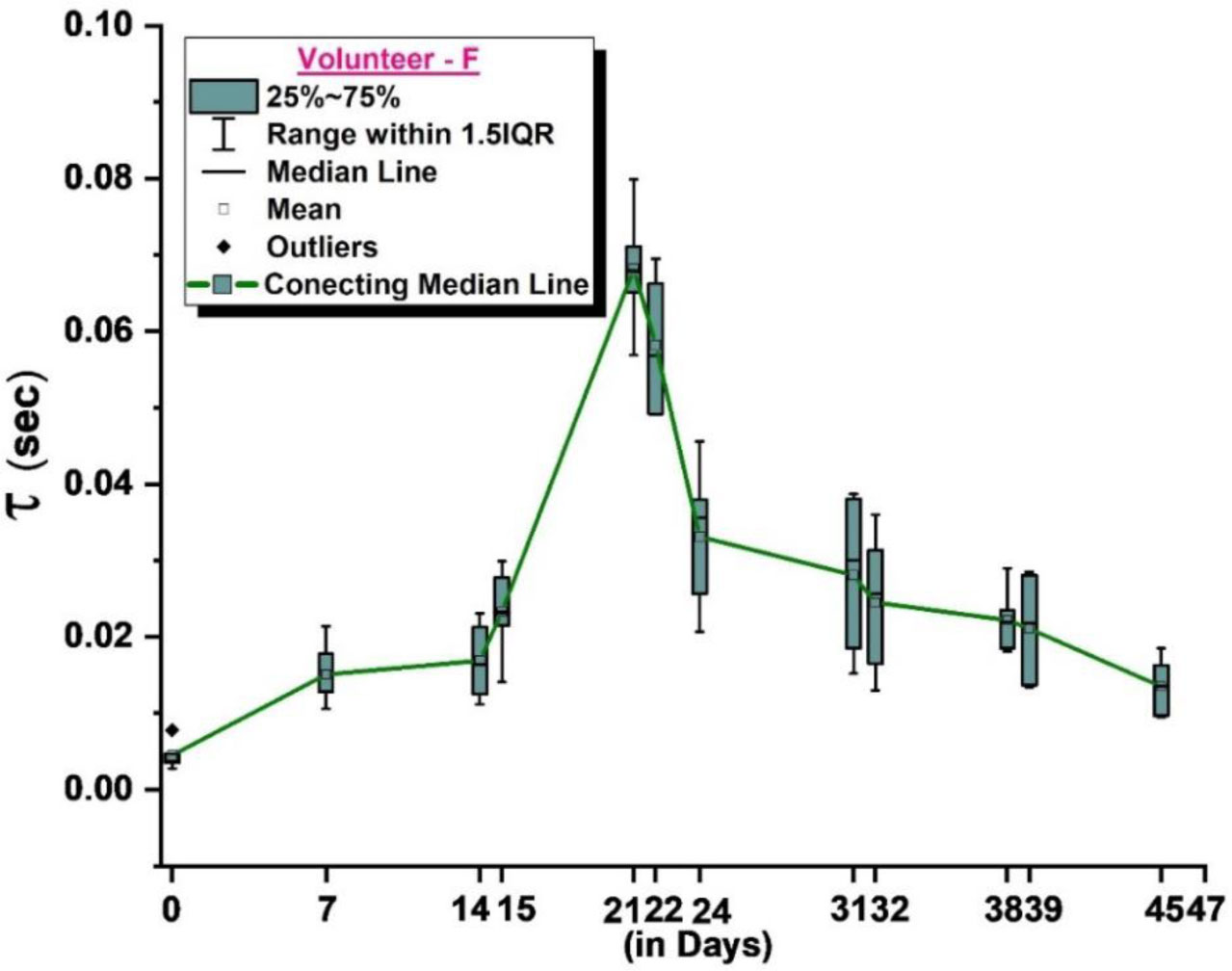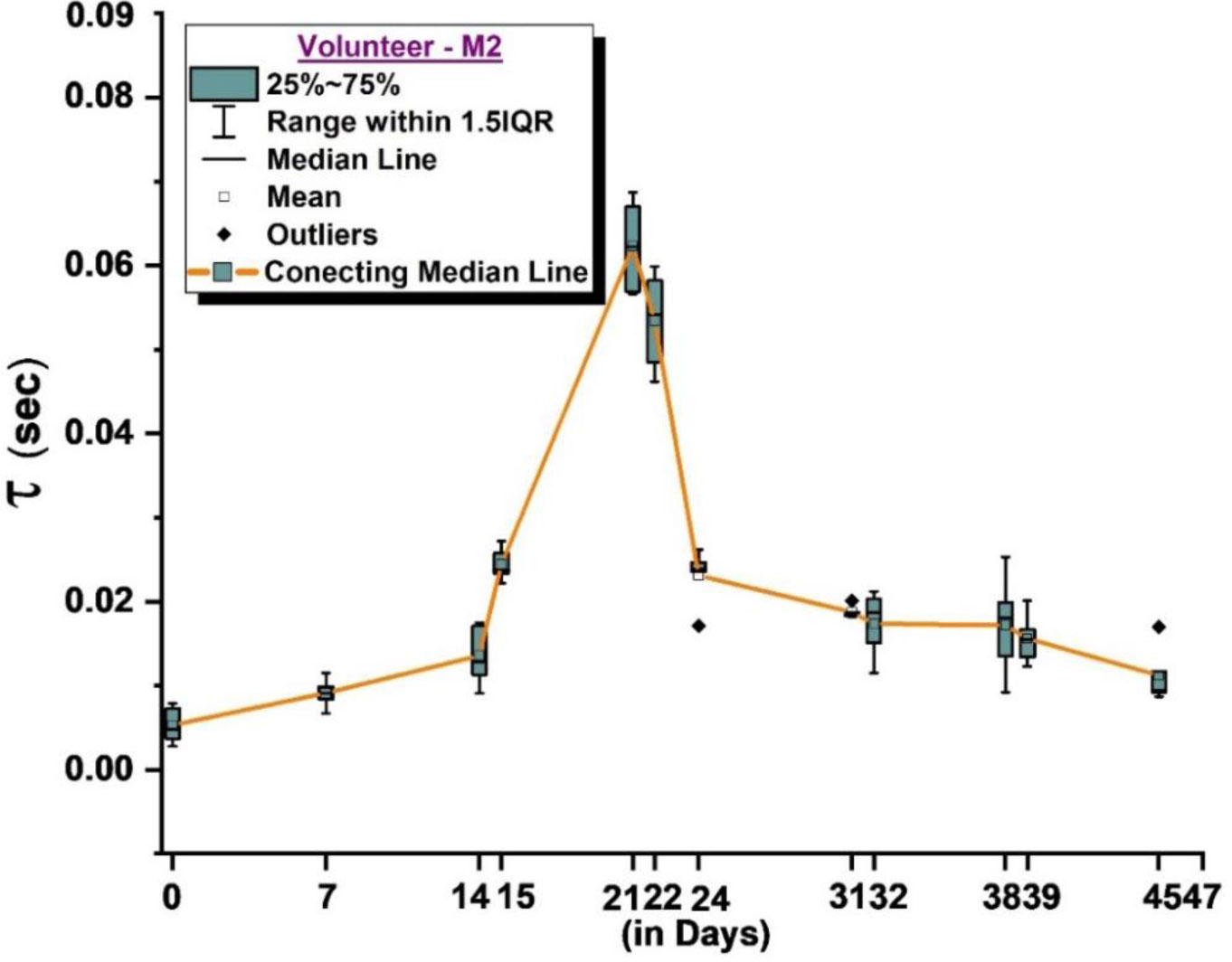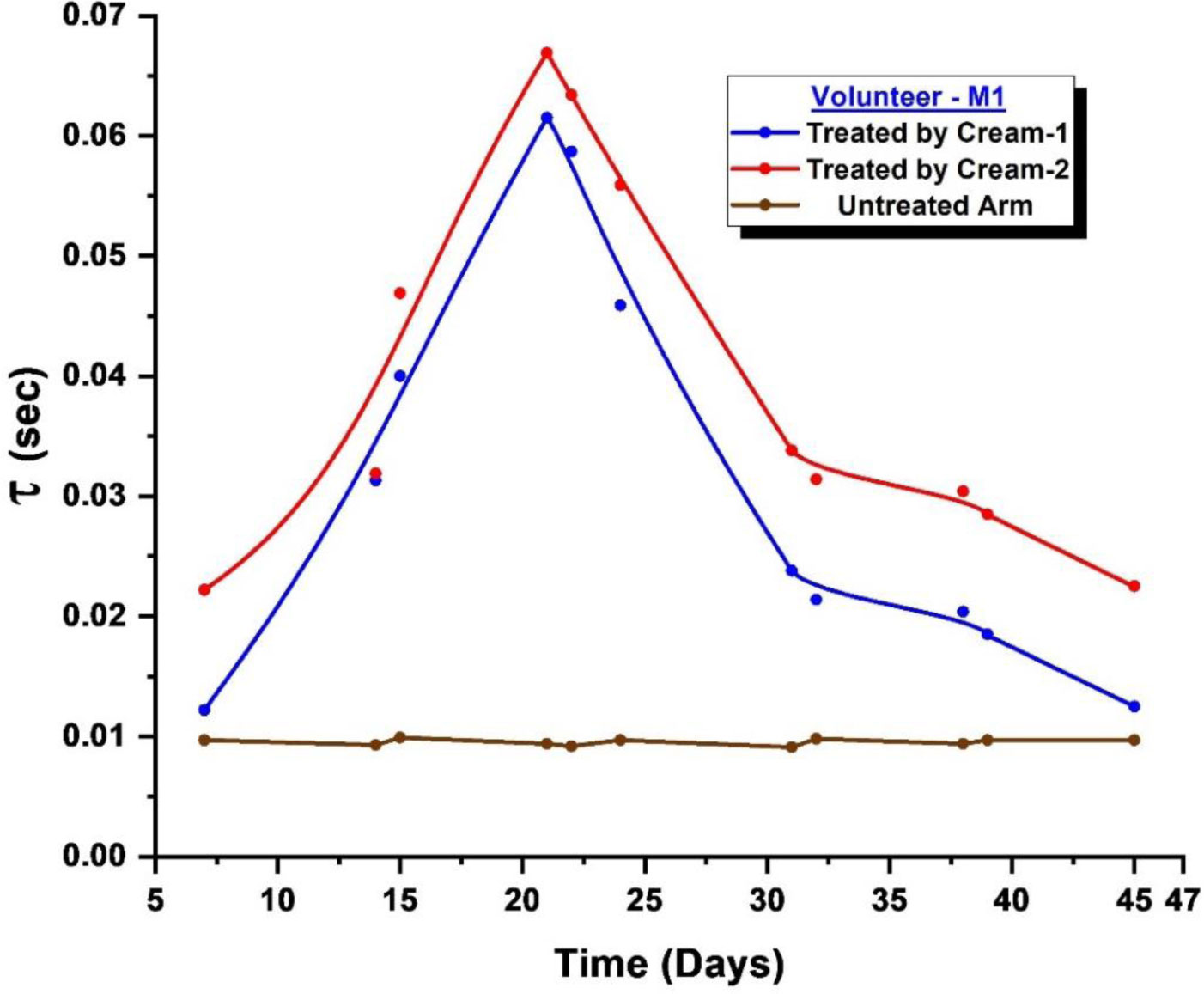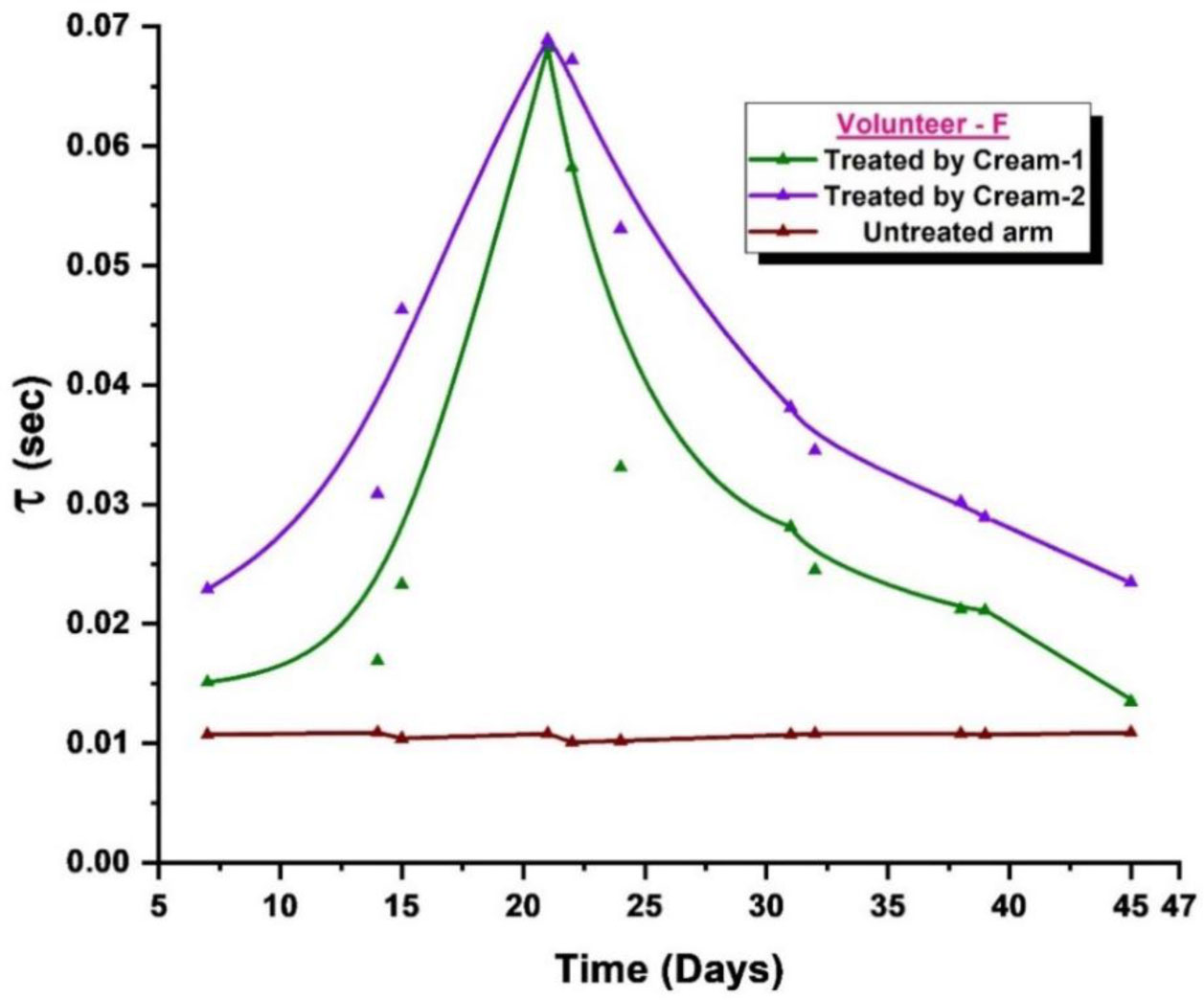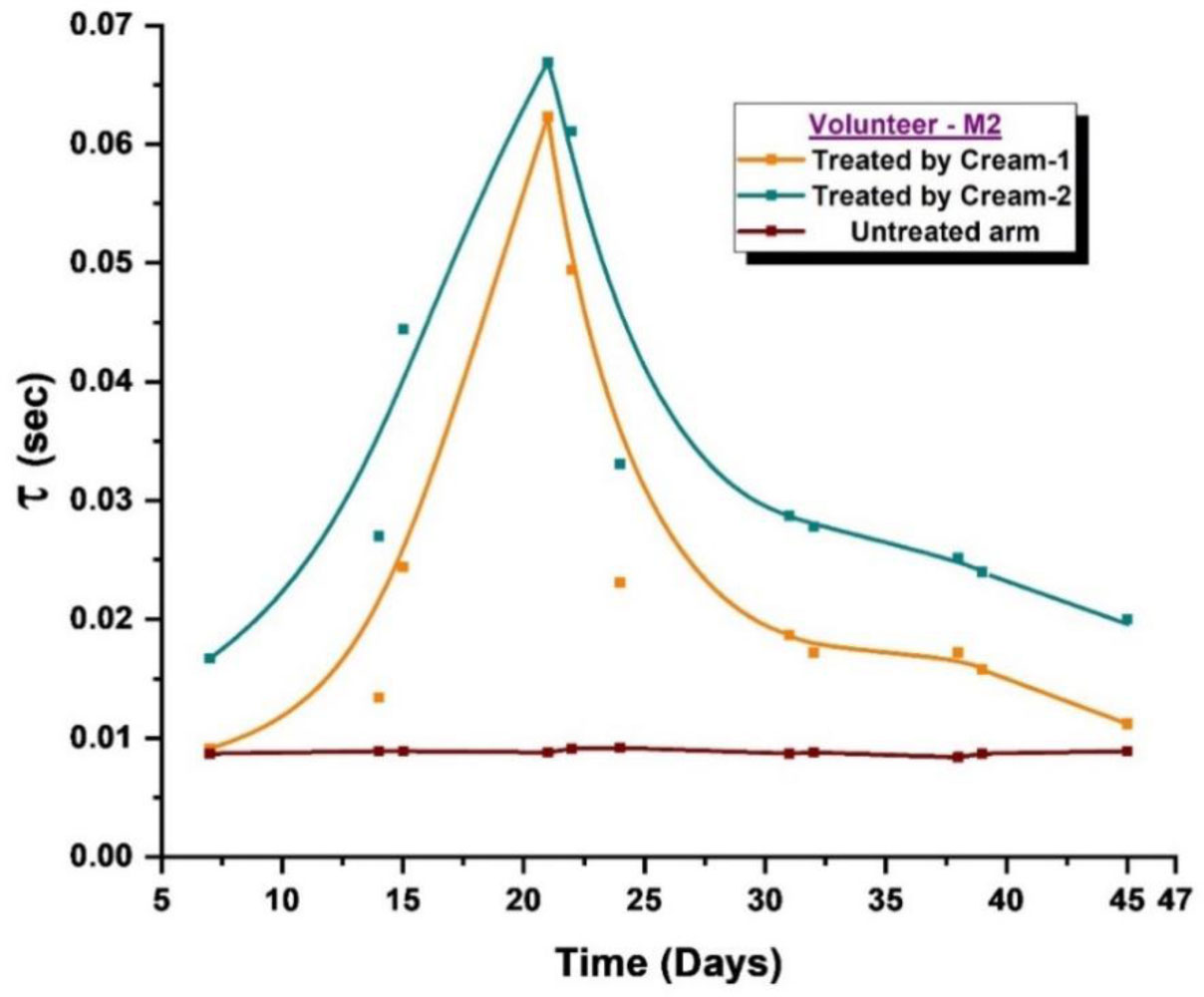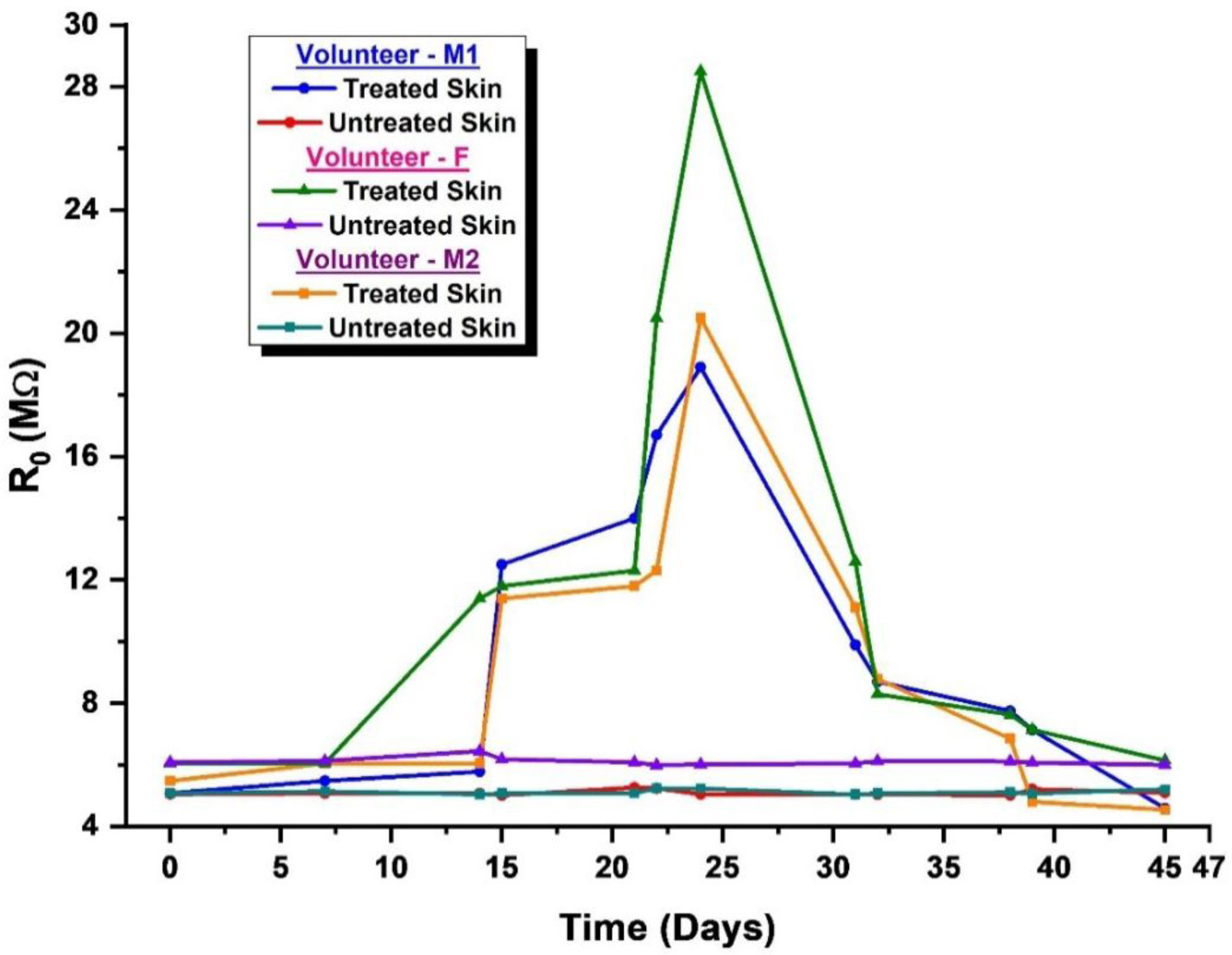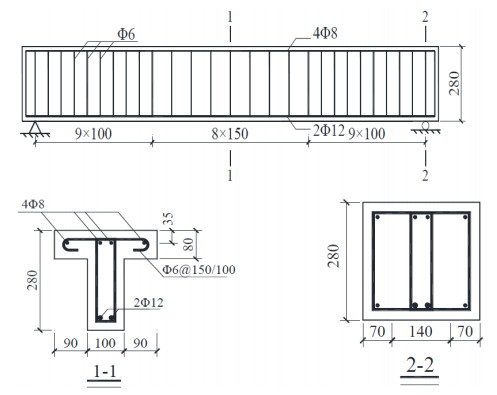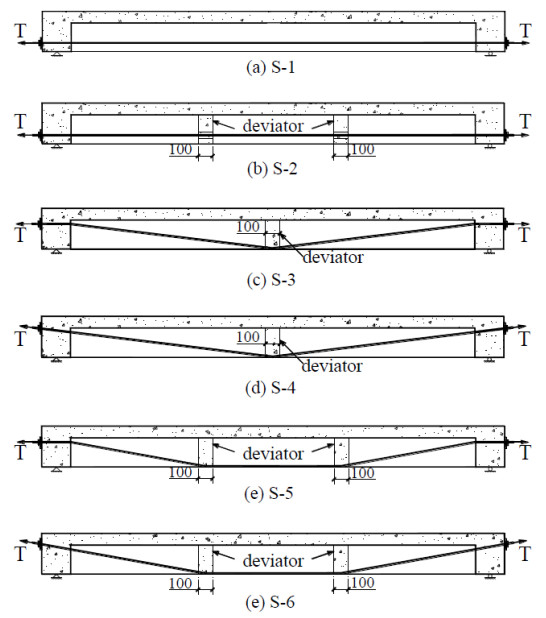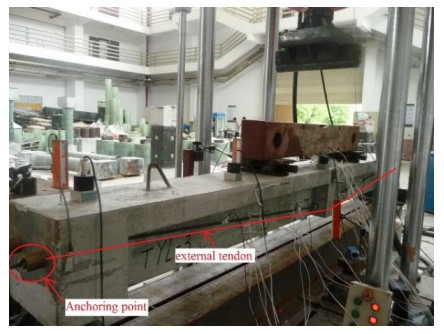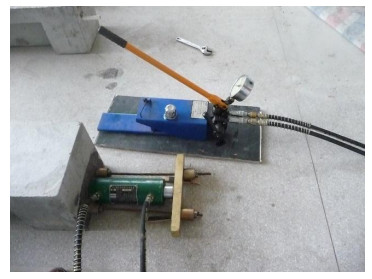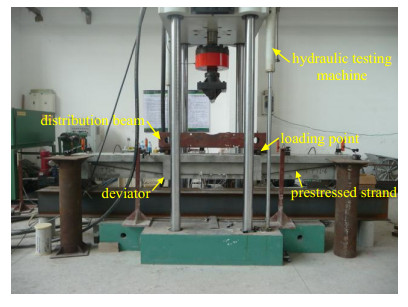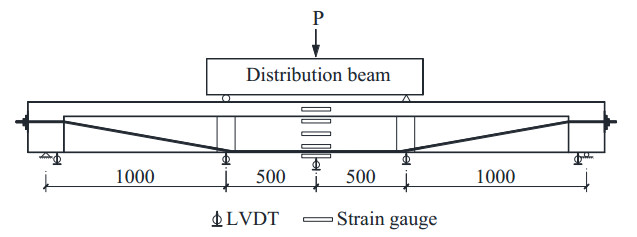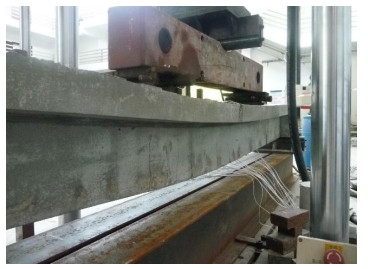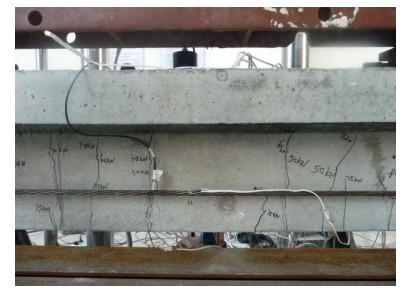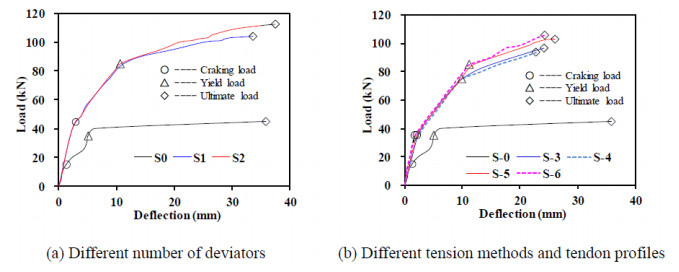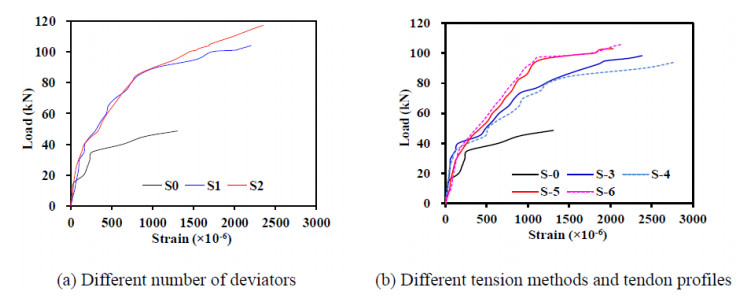To investigate effect of the number of deviators, the tension method, and the tendon profile on the flexural behaviour of reinforcement concrete (RC) T-beams strengthened with externally prestressed tendons, seven identical RC T-beams strengthened with external prestressing tendons were tested under four-point loading. Of these, one beam was ordinary RC beam without strengthening, another six beams were classified into three groups termed G1, G2 and G3. Two beams in G1 had identical straight external tendons with a different number of deviators, two beams in G2 had identical V shape external tendons with different tension method, and two beams in G3 had identical U shape external tendons with different tension method. The failure mode, deflection, strain, load carrying capacity and ductility of the specimens under loading were recorded and analyzed. Test results indicated that strengthening with external prestressing tendons is a very effective method to improve the load carrying capacity and stiffness of the RC beam. Provision of two deviators at the loading points led to satisfactory service load behavior (deflection, cracking, and concrete strain) and a higher load carrying capacity compared to the case where one deviator or no deviators were provided. In addition, tension method of the external tendon nearly had no effect on the load carrying capacity and mechanical behaviour of the RC beams.
1.
Introduction
The prime interest of measuring bioimpedance is to assess the physiological condition of the biological body under question. In the field of electrical bioimpedance measurement, the Cole impedance model [1] is widely used in the characterization of biological tissue. Due to the tremendous applicability of bioimpedance in medical sciences, bioimpedance measurement remains an attractive area of research in the past couple of decades. Research on biological bodies using Cole model includes: assessment of human body composition [2],[3], estimation of the thickness of human skin [4], monitoring of thoracic fluid content [4], characterization of breast and prostate cancer [5],[6], characterization of liver tissue [7], assessment of muscle injury and porcine spleen tissue [8],[9] etc. and many more which can be found in recently published review articles [10]–[13].
In Cole model, a lump tissue is represented by its equivalent circuit and is studied as a single dispersion material in the frequency domain. Cole model is basically a modified Debye model by the replacement of an ideal capacitor with a more general Constant Phase Element (CPE) and Cole model provides better fitting to the experimental data, especially for biological tissue. Therefore, for effective characterization of skin [14], we have considered Cole bioimpedance model in this work.
On the other hand, the effect of moisturizing cream on human skin is studied from various perspectives, such as effectiveness, improvement of skin barrier and its repair, maintaining the integrity and appearance of skin by acting as occlusive, emollients and humectants, each with its own mechanism of actions [15]. Basically, the function of a moisturizer is to improve hydration and water content of the stratum corneum. By moisturizing the skin, a cover of small skin fissures is formed which provides a soothing protection film and protects the skin from friction. Skin care products such as a moisturizing cream do not stay inactive on the upper layer of the skin, instead it penetrates the upper layer and reaches the underlying layer thereby influencing the structure of the skin and its function [16]. In the market, different kinds (difference in chemical composition) of skin moisturizers are available. Similarly, as there are differences among the variety of skin types, a certain structure of a given activity may be ideal for one skin but unsuitable for another [17]. Electrical susceptance-based measurement on human skin is also studied to obtain the effect of moisturizer cream [18]. These studies are clinical in nature and are neither cost effective nor time efficient. Therefore, bioimpedance appeals as a promising tool for characterizing the effect of moisturizing cream on human skin. To apply bioimpedance as a characterization tool for human skin, it is essential that it should be capable to distinguish treated and untreated types of skin. The method of bioimpedance with the discrimination capability of living tissue using Cole bioimpedance model is an established method [1] and recently this discrimination method for biological tissues is described by Roy et al. [19]. Similar procedure of discrimination capability is indeed necessary to study the bioimpedance of human skin and such a procedure is presented in this paper.
The effect of moisturizing cream on the human skin by means of non-invasive bioimpedance measurement is studied here. A novel electrode-pair is fabricated and an LCR meter is used to measure the bioimpedance as a function of frequency. The discrimination capability of our measurement process to distinguish various skins is verified through experiments. The bioimpedance is measured for before treatment, during treatment and post-treatment period of skin. From these measurements, the Cole parameters are extracted and the relaxation-time of the tissues under investigation is estimated. Moisturizing cream is applied on the skin of a particular area with the dosage of twice a day for 22 days and the measurement is conducted at regular intervals. After 22 days, the application of cream is stopped but the measurement is continued to see the changes in relaxation-time. In addition to this, measurement on skin at untreated area is also performed for comparison. Two different types of moisturizing cream with study duration of 47 days are considered. Skin of both male and female are considered in this study.
2.
Theory and model
In this work, human skin is modeled according to Cole bioimpedance model. The model and its equivalent circuit are schematically shown in Figure 1. Basically, Cole model considers the tissue under investigation as a dielectric material and provides an equivalent electrical circuit of that dielectric material. To characterize a particular tissue using the Cole model, it is essential to determine the four parameters, namely: R0, R∞, C, and α (see Figure 1 for details). These parameters are not dimension independent. Therefore, each of these parameters is expected to vary depending on various parameters of the measurement method. For example, variation in R0 is obvious if the length of the tissue (gap between the electrodes) changes. This simply shows that uniqueness in the measurement process is desirable. A high degree of repeatability in measuring these parameters is required. The relaxation-time (τ) is a fundamental property of dielectric material and the Cole model also enables us to estimate the relaxation-time in terms of these four parameters. When an identical process of measurement is imposed to estimate the four Cole parameters, a slight variation in fixing the electrode would result in variability in these parameters and these variabilities cancel out in such a way that τ remains invariant. This is indeed found true experimentally [19]. To extract R0 and R∞, the tissue impedance is measured by the LCR meter. The other two parameters (namely C and α) are determined by fitting the experimental data with the theoretical Cole impedance model [19].
The Cole bioimpedance is given by [19],
Let, jα=(jsinαπ2+cosαπ2)
Therefore, Z=R∞+(R0−R∞)1+ωατα(jsinαπ2+cosαπ2)
Or, Z=R∞+(R0−R∞)(1+ωαταcosαπ2)+j(ωαταsinαπ2)
Finally,
The expression for the relaxation-time is given by,
Where, Z = Complex impedance
R0 = Resistance at very low frequency
R∞ = Resistance at very high frequency
α = A dimensionless exponent (0 < α < 1 for biological tissue)
τ = Relaxation-time
ω = Angular frequency
C = Capacitance of skin tissue
Experimentally |Z| is measured as a function of frequency in the range of 1 Hz to 5 kHz. The parameters R0 and R∞ are the measured impedance of the tissue under investigation at the lowest frequency (1 Hz here) and at the highest frequency (5 kHz) respectively [19]. The other two parameters (namely C and α) are determined by fitting the experimental data with the theoretical Cole impedance expressed by Equation 2 [19].
The dielectric property of human skin depends on various factors which include its physical and chemical characteristics, the composition of intra- and extra-cellular fluids [20], psychological condition and physiological changes occurring in the subject and the condition of health or disease of the skin. When suitable parameters are chosen, a great amount of information can be obtained for Dermatological and Cosmetological purposes from dielectrics or bioimpedance measurements.
The skin impedance variation is quite complex and depends on a variety of factors. First of all, Galvanic Skin Reflex (GSR) [21] plays a significant role in the determination of skin impedance. GSR is the sudden variations of skin impedance due to internal or psychological factors. Secondly, we have noticed that for a calmly seated person who suffers no pain or stress, the value of impedance remains fairly the same and can be assessed for physiological purposes. Nevertheless, statistical analysis of bioimpedance data is essential to understand the actual variation if any with certainty. In order to improve the effectiveness of measurement, both the separation between the electrodes and the electrode width (contact area) are to be kept small compared to the thickness of the stratum corneum [22].
3.
Experimental protocol
3.1. Electrode setup
Choice of material for the electrodes and the shape of the electrodes are important factors in bioimpedance measurement, because the success of the investigation is highly dependent on these factors. Various electrode configurations are being used in the measurement of bioimpedance. Among the two-, three-, four- and five-electrode configurations, the two-electrode configuration is more attractive because of its simplicity and effectiveness [19],[23].
Human skin near the wrist is investigated in this study. A pair of electrodes is fabricated, then attached to a holder and then the holder is stitched to a glove. The electrode-pair system with the glove is shown in Figure 2. The electrode holder is made of a piece of PCB (2.3 cm × 1.0 cm × 0.1 cm in dimension) stitched to the gloves by using micro-screws. The screws (2.5 mm × 1.4 mm × 8.0 mm in dimension and are made of stainless steel) which are used to tighten the PCB to the gloves also serve as electrodes. The distance between the electrodes is 0.7 mm, which is much greater than 100 µm and because of this difference, more subtle changes are easily accessible in the deeper sections of the stratum corneum [24],[25]. When the hand is placed into the glove and its belt is strapped, the head of the screws are pressed on the skin near the wrist.
The gloves have a pre-curved form fit design with palm grip for a stable fit on the hand. The glove comes with a cuff wrist strap with hook-and-loop wrist closure for a secure fit. The tail portion of the screws are connected to LCR meter through ordinary multi strand wire.
3.2. Instruments and materials
Electrical impedance is measured using a 1 MHz precision LCR meter (Model: 8101G, GWINSTEK). Before any measurements, the LCR meter is calibrated by the usual open- and short-circuit method. Calibration eliminates stray capacitance and series impedance from the testing fixture. Each time, before measurement, the electrode-pair is cleaned by medicated spirit and dried properly. The meter is set to 2 V ac and frequency sweep from 1 Hz to 5 kHz with a total of 200 steps. The meter is controlled by a PC using dedicated software through an RS-232C serial port. The measured data is transferred to the PC for further analysis. The entire bioimpedance measurement system is shown in Figure 3. After each measurement, the strap of the glove containing the electrode-pair is released and after one minute, the strap is tightened again to repeat the measurement. In this way, the measurement is repeated five times. There is a possibility of slight change in position of electrode-pair in repeating the measurement. This factor may cause a variation in the measured parameters. To reduce this effect, each time five measurement is conducted and using ANOVA, it is found that the variation of estimated relaxation-time due to this factor is negligible. Therefore, average relaxation-time from five replicas is considered for subsequent ANOVA procedures.
Two varieties of cream are used in this investigation. The Cream-1 used is a refreshing soft cream with jojoba oil and vitamin E for invigorated and smooth skin. According to the manufacturer, it provides substantial moisturization. It also contains denatured alcohol which has a drying effect on the skin. The Cream-2 used is a herbal cream. The manufacturer of this cream claims that the cream is made from multiple fruit extracts that act as quality elements to achieve smoother, brighter and well-protected skin. It is enriched with rare fruit and potent plant extracts that penetrate deep into the skin to provide enduring action. It results in fairer, flawless and radiant skin. It is free from harsh chemicals that generally does not have side effects. The ingredients of these two creams are listed in Table 1. Both the moisturizing creams are commercial products and are purchased from the local market.
A total of three volunteers are considered for this study, which includes two males and one female, ageing 22 (mean) years. In this report, we label the two male volunteers as M1 (weight = 81 kg; height = 180 cm) and M2 (weight = 70 kg; height = 177.8 cm), whereas the female volunteer is labelled as F (weight = 60.5 kg; height = 157.48 cm). It is to be noted here that this kind of experiment tends to divert from the desired outcome if the experiment is not conducted in a controlled environment [21]. As a preventive measure to this issue, we have conducted all the measurements in an air-conditioned room with fixed temperature (at 25 °C) and humidity (around 63%–64%).
The cream is applied twice a day (once at 9 am and again at 9 pm), every day for 22 days near the wrist of the right arm (treated wrist). Personal care products which include shampoo, soaps or any other beauty products are not used by the volunteers till the last day of this study. In case of Cream-1, bioimpedance is measured six times during the treatment period and seven times during the post-treatment period. The measurement matrix for Cream-1 is schematically shown in Figure 4.
Similar to Cream-1, the effect of Cream-2 is also investigated. The study matrix for Cream-2 is shown in Figure 5. In order to understand the effect of the application of the moisturizing cream on the skin, whenever bioimpedance is measured for the treated wrist, measurement is also conducted for the untreated wrist.
The impedance as a function of frequency is measured for the skin near the wrist in the range of 1 Hz-5 kHz. For a particular measurement, R0 and R∞ are taken along with the measured impedance at 1 Hz and 5 kHz respectively [19]. The other two parameters i.e. C and α are extracted from the fitting of experimental data.
The Cole impedance parameters are usually extracted by using the direct method which has its own limitations [26]. In fact, the lower and higher frequency gain measurements used for fitting affect the accuracy of the direct method. Nonlinear least-square fit (NLSF) is used to overcome the limitations of direct method [27]. In NLSF, every datapoint is used for optimization in order to extract the parameters for the best fit. In order to fit the experimental data with Equation 2, NLSF is performed using commercial software package MS-Excel 2016 version. From the curve fitting, the other two parameters i.e. C and α are determined. In this way, all the Cole parameters are experimentally measured. The relaxation-time, τ is then estimated using Equation 3. The entire measurement is then repeated four times and thus in this study, each measurement contains five repetitions. Analysis of variance (ANOVA) is performed on the average value of τ using the same software package. More specifically, two-factor ANOVA without replication is a data analysis tool which is extensively used to check if there is any significant difference in the parameters of a given set of data.
Typical measured impedance data as a function of frequency is fitted with Equation 2 and is shown in Figure 6. Here the curve shows the data for Day-0 (before treatment of Cream-1) to Day-22 (treatment period of Cream-1). This experimental data justifies the suitability of adopting the Cole impedance model to describe the frequency-dependent behavior of skin tissues.
In this study, the frequency dependent impedance is measured 250 times for each volunteer. Therefore, a total of 750 measurement is conducted. Each measurement contains 200 data points. Here, a large number of data is analyzed by using ANOVA to obtain experimental results.
4.
Results and discussion
The moisturizing cream is applied on the upper layer of the skin known as stratum corneum. Stratum corneum is composed of dead cells called keratinocytes. The three main functions of the stratum corneum are to defend against dehydration, toxins and bacteria. The main function of a moisturizer is to prevent the skin from drying out and to hold moisture inside the skin. The electrical parameters of biological tissues [20],[22] are partially related to the water content in them. Thus, change in the water content in the tissue results in a little change in its electrical parameters. However, with the advancement of measurement equipment, little change in the electrical parameters that yields due to the change in moisture content in tissues can be captured. It is observed that as the moisture level increases, the cell size [11] increases correspondingly which implies that a longer path is to be traversed by the charged particles (ions), so there is a gross increase in impedance of the skin [28]. Conversely, the water content increases the relaxation-time τ.
The variation of relaxation-time as a function of time (in the unit of days) for all the three volunteers and for both the creams is shown in Figure 7. From this figure, it is observed that at Day-0 (before treatment), the relaxation-time is minimum, then it increases sharply during the application period of the cream and decreases during the period when the application of cream is stopped. In order to understand the effect of a cream, say Cream-1 on an individual volunteer, the finer details are shown in Figures 8, 9 and 10. In these figures, the mean of each dataset is used to construct the respective curves. Note that the variation of relaxation-time is very similar for all the three volunteers. The nature of variation of relaxation-time is found to be very similar to that of skin susceptance [18].
In order to find the effectiveness of the creams, the variation of relaxation-time for treated and untreated skin for each moisturizing cream are shown in Figures 11, 12 and 13 for the three volunteers. It can be seen that Cream-2 is more effective than the Cream-1 as the relaxation-time is higher for Cream-2 for all the volunteers. Further, Cream-1 takes time more time than Cream-2 in the increment of relaxation-time, or in other words, Cream-2 is more effective in moisturization than Cream-1. After the treatment period, the relaxation-time drops and Cream-2 takes longer time than Cream-1 in the decrement of relaxation-time. Thus, Cream-2 is more effective as a moisturizer. Note that the relaxation-time for untreated skin remains almost constant. On treating the skin by a moisturizing cream, the relaxation-time of the skin can be increased to as high as 7 times.
The ANOVA analysis (based on τ) before starting the treatment is shown in Table 2. From the Table 2, it is observed that the value of Fcritical is greater than the value of F. Thus, we can conclude that the volunteers are indistinguishable and hence the skin of every volunteer cannot be identified statistically.
In order to understand the effect of moisturizing cream on the skin, ANOVA is performed extensively for the data obtained throughout the experiment. From ANOVA, we also can determine the gender distinguishability for a given cream with a certain level of confidence. The changes in human skin with the treatment of the above moisturizer is clearly visible as shown in Figures 11, 12 and 13. Table 3 shows the ANOVA results of Day-7 vs Day-22 for each volunteer. From Table 3, it can be seen that the skin of individual volunteer is distinguishable at a confidence level of 95% or more. Table 4 shows ANOVA considering gender as a factor. From this table, it can be seen that gender is distinguishable during the treatment period while the same was indistinguishable before the treatment of the skin (see Table 2). This fact clearly indicates that the degree of changes in the skin due to the moisturizing cream is different for male and female. Table 3 depicts the gender distinguishability during the treatment period of Cream-1. It shows that the Day-7 vs Day-22 skin for female volunteer is distinguishable at confidence level more than 95% while the same the for male volunteers is more than 99%. This fact indicates that the Cream-1 is more effective for male during Day-7 to Day-22. When the effectiveness of Cream-2 is tested in a similar manner, it is found that Cream-2 is more effective for female.
The ANOVA result for gender sensitivity is shown in Table 4. From the Table 4, it is observed that F value is greater than the value of Fcritical. Therefore, the volunteers of different gender are distinguishable statistically and hence the effect of moisturizing cream is clearly visible. On the other hand, volunteers of same gender are not distinguishable in treatment period. These facts clearly indicate that the effect of treatment is gender sensitive.
Post-treatment ANOVA is also performed and that for Cream-1 is shown in Table 5. From Table 5, it is observed that F value is greater than the value of Fcritical and p value is less than the value of α (this α should not be confused with the Cole parameter designated by α) in statistical analysis. Thus, we can state that the volunteers are distinguishable. So, the effect of moisturizing cream on different gender in the post-treatment period too.
Among the four Cole parameters, interestingly, significant variation of skin impedance at low frequencies as an effect of moisturizing cream is noticed. The skin impedance at very low frequency (1 Hz in our study) increases rapidly [29] with the application of the cream on each successive day. The variation of the parameter R0 with the period of the experiment is shown in Figure 14.
From Figure 14, it can be seen that the low frequency impedance increases monotonically, shows a peak and then decreases monotonically. The variation in R0 is found to be as high as 500% in contrast to the variation of α and C (less than 1% and 40% respectively). This fact suggests that the DC resistance of skin can be a good indicator for characterizing the moisturizing study. A systemic investigation is needed to establish a DC resistance-based characterization.
5.
Conclusion
The bioimpedance of human skin is measured and the effect of moisturizing cream on skin is studied in this paper. An efficient electrode-pair is fabricated and an experimental setup is demonstrated for measuring human skin impedance of a small area. Experimental study for a long period of time (47 days) is presented here. A large number of measurements is conducted and ANOVA is performed for statistical relevance. It is observed that relaxation-time increases due to the treatment by moisturizing cream and decreases during the post-treatment period. This is confirmed by measuring the relaxation-time of the untreated area of skin. The method demonstrated here is very efficient in comparing the effectiveness of various moisturizing creams. The gender distinguishability during the treatment of the skin with a moisturizer also can be assessed. In short, an entire experimental setup with measurement procedure and data extraction to study the effect of moisturizing cream on human skin (of a small area) is demonstrated.
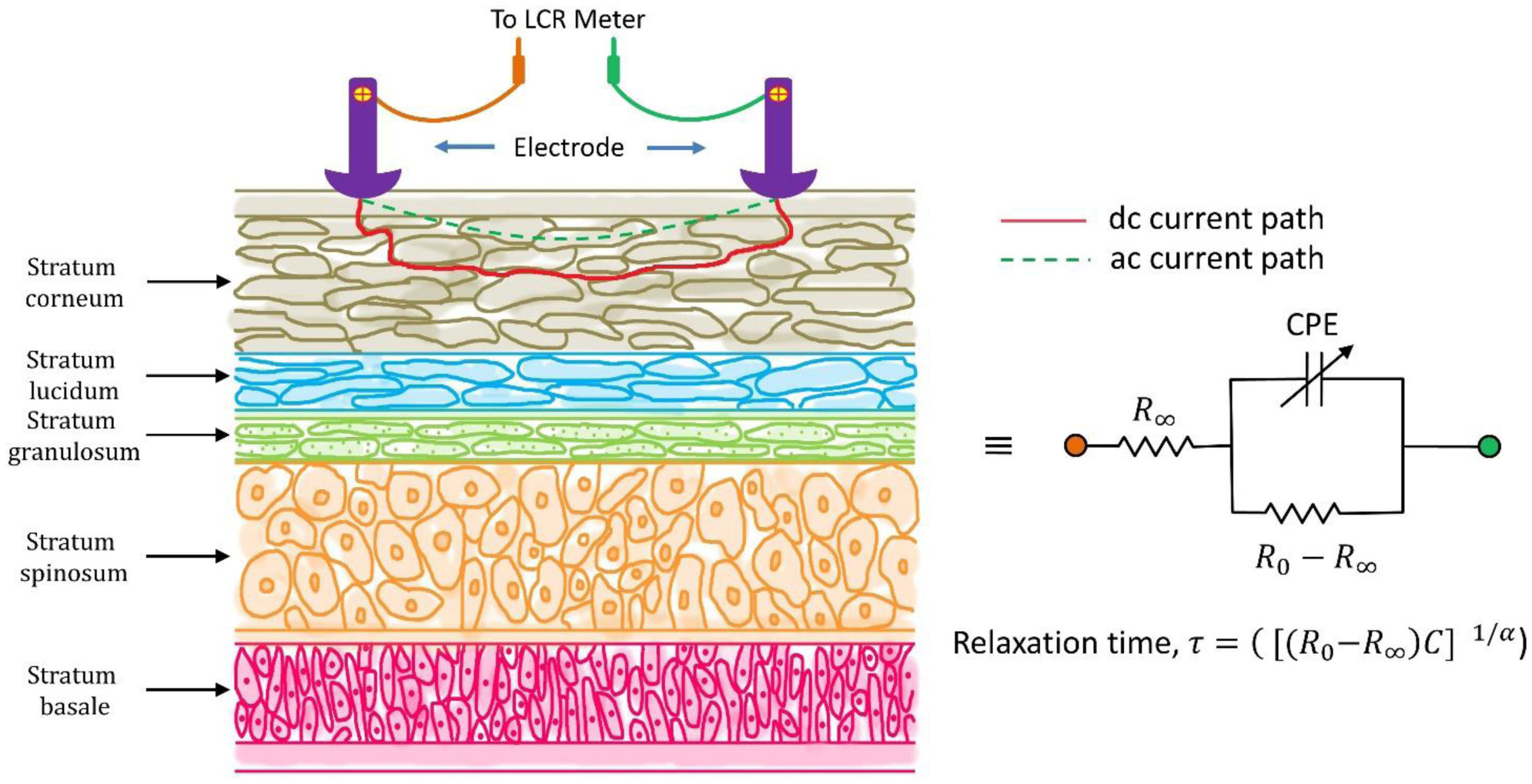









 DownLoad:
DownLoad:
